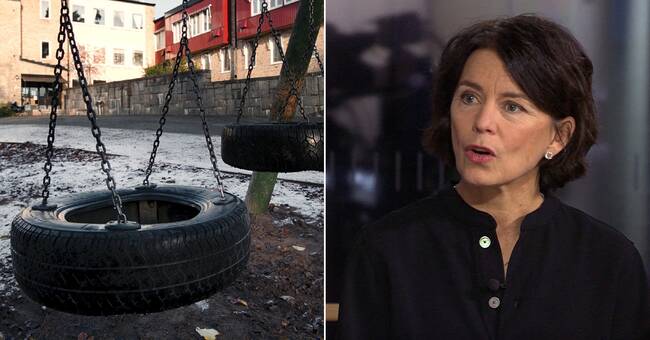In 2019, 196,000 children, or 9.2 percent, lived in financial vulnerability, a decrease of 0.1 percent since 2016. This is shown by Save the Children's new child poverty report.
The figures follow the positive trend seen in recent years, and child poverty is also declining among children in families with a foreign background and children of single people.
"Serious gap"
But poverty is still seven times more common among children with a foreign background (20.3 percent) than for children with both parents from Sweden (2.8 percent).
- It is clear that children in domestic and foreign-born families live very different lives.
That gap is serious, says Carina Mood, professor of sociology at Stockholm University.
The figure is highest among children with single foreign-born parents.
In that group, almost half, 49.5 percent, live in financial vulnerability.
- This does not mean that you have an unhappy childhood, but there is a greater risk of mental illness and the risk that you do not manage school and can participate in activities on the same terms as your peers, says Maria Frisk, Sweden manager at Save the Children in SVT: s Morning Studio.
"Can be misleading"
Save the Children has its own definition of child poverty.
The measure includes families with a low income standard, so-called absolute poverty - but also children in families who have been granted financial assistance.
If you remove the group with social benefits, the proportion of poor children will instead be 4.4 percent.
Problematic with Save the Children's definition is that measures against poverty can seemingly be counterproductive, according to Carina Mood.
- Say that we want to improve for those with the lowest incomes and increase social benefits, then more people will fall below the poverty line according to this measure - even though it is actually an improvement for those affected, she says.
Disturbing rift
But the gap between Swedish and immigrant households is still worrying, she believes.
- Even if these children do not suffer from material vulnerability, ie not being able to afford cooked food, winter shoes and activities with friends, for example, the distance between the children in domestic and foreign-born families has increased.

